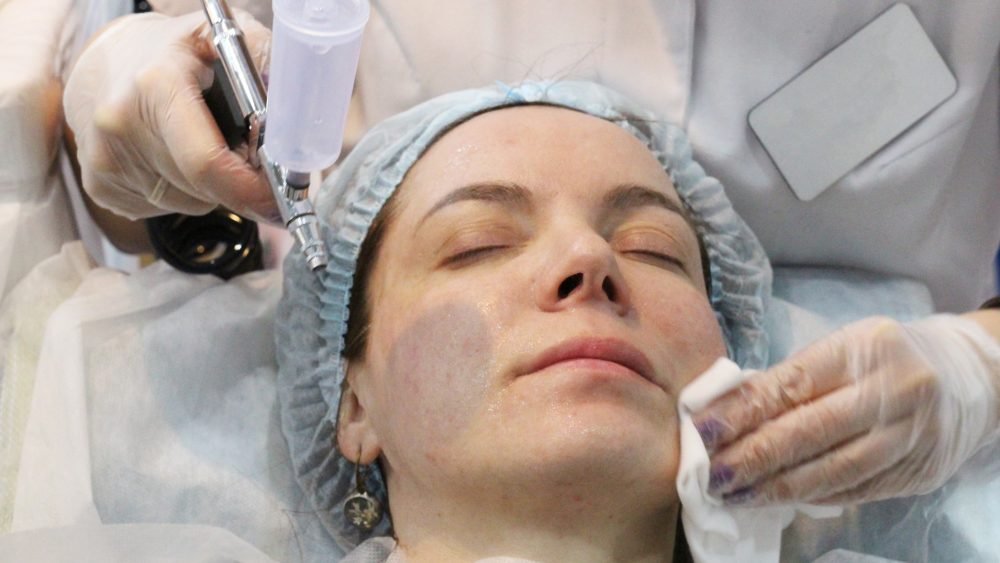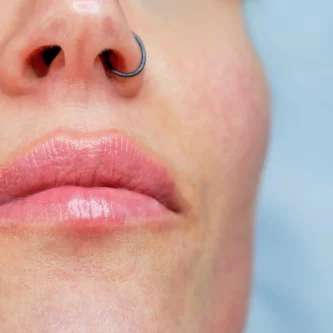Top 6 Benefits of Oxygen Therapy & Its Side Effects
Oxygen therapy has gained global prominence over the years. It is a treatment that delivers extra oxygen to breathe in. Also known as supplemental oxygen, it is exclusively available through a prescription from your health care provider. You can avail of it from the hospital or another medical setting like ours.
Believe it or not, oxygen therapy is feasible too. Few people just require it for a brief period. Others may require long-term oxygen therapy.
Different kinds of devices can supply you with oxygen. Some of them apply tanks of liquid or gas oxygen. The rest of the others employ an oxygen concentrator, to pull oxygen out of the air. You can receive the oxygen through a nose tube (cannula), a mask, or a tent. The additional oxygen is breathed in with normal air.
There are movable versions of the tanks and the best portable oxygen concentrators. They can make it convenient for you to be mobile, using your therapy.
This amazing therapeutic procedure also has the potential to improve a lot of health conditions. As a medical procedure, it is accompanied by some risks, and should only be administered by a trained medical professional. As far as the risks are concerned, we can discuss them towards the fag end of this write-up. As of now, let us know about the merits of this innovative therapy.
Benefits of Oxygen Therapy are Immense as it is Possibly Effective for the Following Ailments-
Acute Lung Failure
Acute lung failure can be caused due to a choppy or labored inhaling, leading to low blood oxygen levels. In the recent past, a meta-analysis had been conducted with more than seven hundred patients. It has been found that emergency normobaric oxygen therapy has significantly contributed to an increase in the number of patients recuperating from life-threatening acute lung failure.
A multicenter analysis of patients suffering from lung failure established that normobaric oxygen therapy cleared the upper airways, enhanced lung function, and minimized pressure on the lungs.
COPD
Chronic obstructive pulmonary disease (aka COPD), is a group of accelerating lung diseases. The commonest that we have observed are emphysema and chronic bronchitis. Breathing pollutants, Smoking, and a deficit of a specific protein, alpha-1-antitrypsin, lead to COPD. Many long-term clinical pieces of research of hundreds of patients with COPD employing supplemental normobaric oxygen therapy established:
- Reduction of anxiety
- Benefit from exercise and activity
- Prolonged lifespan
- Better quality of life
- Better sleep quality
Experimental analysis with 195 COPD patients for 6 months proved that normobaric oxygen therapy enhanced the quality of life of patients with emphysema.
It has been found among 86 elderly patients with COPD that normobaric oxygen therapy minimized pressure on the heart blood vessels and improved sleep.
Cystic Fibrosis
Cystic fibrosis is a genetic disease caused due to the deficit of the CFTR gene. People with cystic fibrosis face breathing problems.
An assessment of 11 clinical trials (RCT) with 172 participants discovered that supplemental normobaric oxygen therapy develops sleep patterns and quality of life.
In another meta-analysis of 149 people with cystic fibrosis (RCT), normobaric oxygen therapy ameliorates exercise duration, sleep, and blood oxygen levels.
Asthma
Asthma acts as an obstacle for the airways in the lungs and can lead to low blood oxygen (hypoxemia) causing acute health complications. Among 106 patients with serious asthma, normobaric oxygen therapy for 2 years improved the survival rate of the patients and decreased symptoms.
Stroke
Ischemic stroke takes place due to a clot in the blood vessels that reduces blood flow to the brain and causes cell death.
There is little evidence in humans suggesting that normobaric oxygen therapy could be advantageous for stroke patients. Oxygen therapy at home is most effective if applied within the first few hours of suffering from a stroke.
The pertinence of prompt treatment gained enough attention during a clinical trial wherein deferred normobaric oxygen therapy of forty patients did not make any significant progress during the results of these patients.
Many experiments with rats and mice established that extra normobaric oxygen therapy decreased blood pressure, brain swelling, brain damage, and death.
Gangrene
A lot of skin diseases like gangrene can be cured by a process called hyperbaric oxygen therapy which involves breathing unadulterated oxygen in a pressurized environment. During hyperbaric oxygen therapy, within the chamber, the air pressure is increased by two to three times more than regular air pressure. In such situations, your lungs can accumulate much more oxygen than is feasible while breathing pure oxygen at the usual air pressure.
Risks or Side Effects
There isn’t any iota of doubt that oxygen therapy is ideally safe. But, as the moon has black spots too, similarly oxygen therapy can cause side effects. That could be a dry or bloody nose, tiredness, and morning headaches.
Oxygen may result in fire risk, so you should never smoke or apply flammable materials while using oxygen. If you employ oxygen tanks, please ensure that your tank is protected and stays upright. If it drops down and cracks or the top smashes off, the tank can fly like a missile, as you see in a Hollywood action movie.
Conclusion
Most of the centers like us that offer skincare treatment endorse oxygen therapy as it has proved its effectiveness over the last few years and is a time-tested method of getting cured of the diseases mentioned above. So, we advise you to visit our center and avail yourself of oxygen therapy. Only thereafter you can witness the amazing results.





